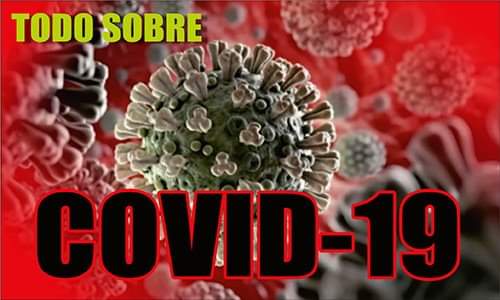- Details
- Written by Yuset Puig Pupo / Photos: Rey López y Yaciel Peña
- Hits: 437

The newspaper 26 celebrates its 47th anniversary. These lines were born from the reminder of a collective that tries to defend its channels objectively, alongside the truth, and from any platform.
- Details
- Written by 26 Staff / Photos: Reynaldo López Peña
- Hits: 432

- Full text of the speech given by Osbel Lorenzo Rodríguez, first secretary of the Provincial Committee of the Communist Party of Cuba in Las Tunas, at the Provincial Ceremony for the 72nd anniversary of the attacks on the Moncada and Carlos Manuel de Céspedes barracks, held in the municipality of “Colombia.” July 23, 2025. “Year 67 of the Revolution.”
- Details
- Written by Taken from Granma
- Hits: 418

Speech delivered by Miguel Mario Díaz-Canel Bermúdez, First Secretary of the Central Committee of the Communist Party of Cuba and President of the Republic, at the closing of the Fifth Ordinary Period of Sessions of the National Assembly of People's Power in its 10th Legislature, at the Convention Palace, on July 18, 2025, "Year 67 of the Revolution"
- Details
- Written by István Ojeda and Reynaldo López
- Hits: 355

World Population Day is celebrated every July 11th, as an initiative of the Governing Council of the United Nations Development Programme (UNDP).
- Details
- Written by Dayana Menzoney and Yuset Puig / Photos: Rey López
- Hits: 314

Law 65, or the General Housing Law, promotes the possibility of every family having a comfortable home. The reality in Las Tunas shows there is still a long way to go.
Page 1 of 87





